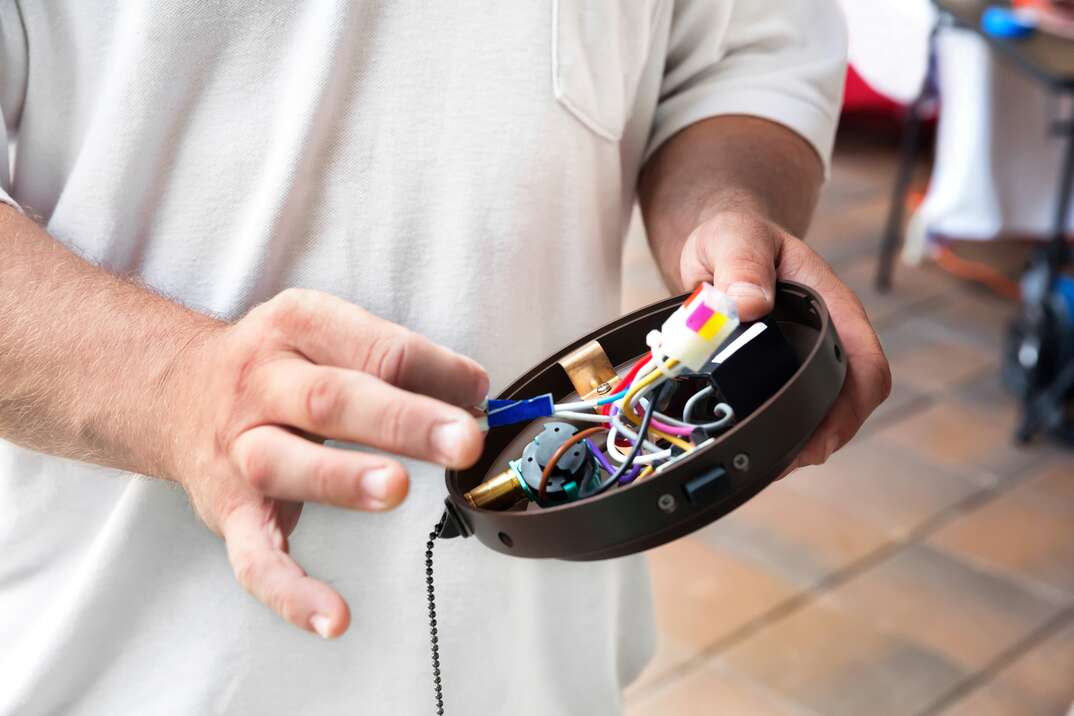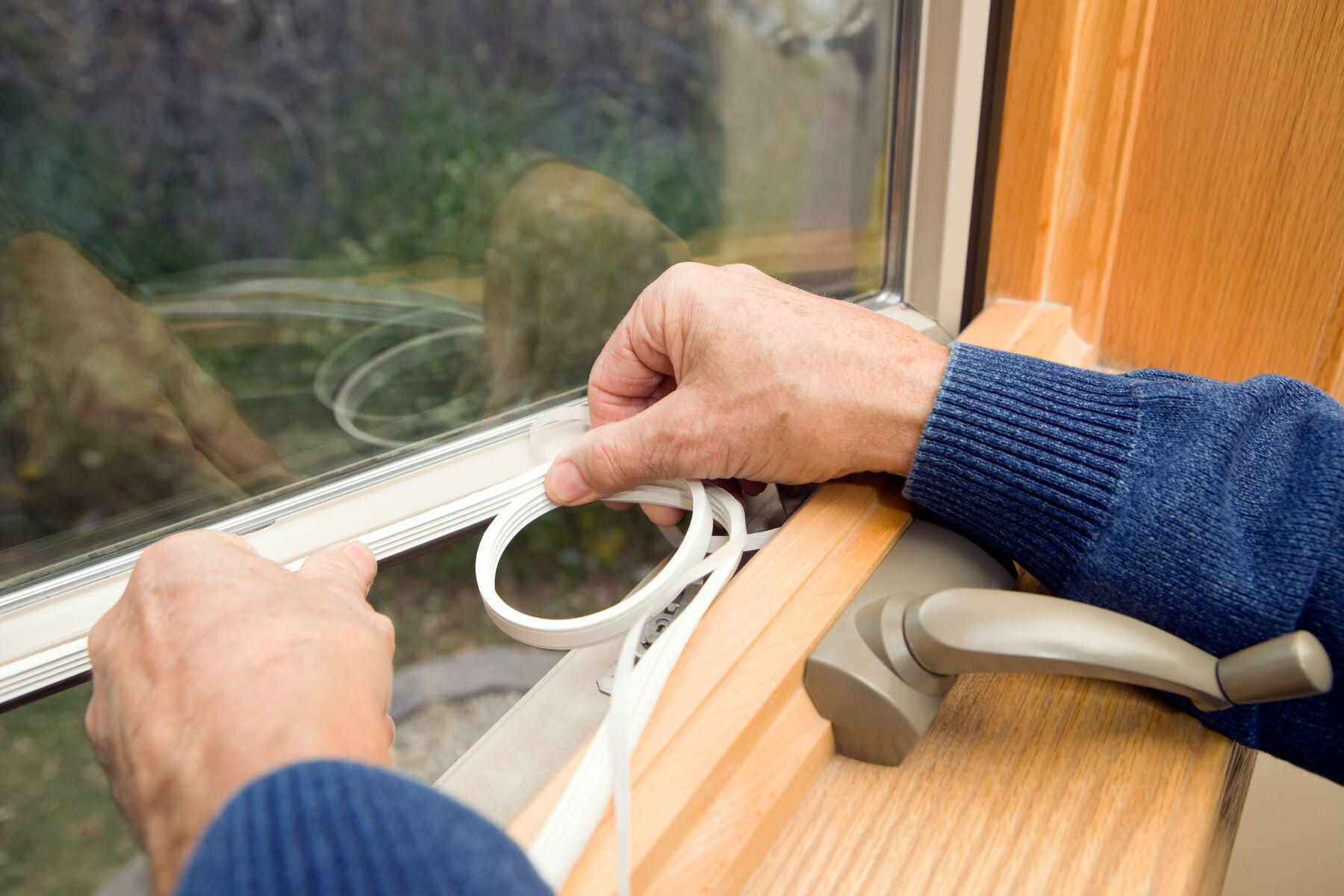How to Replace a Filter on an Oil-Fired Boiler
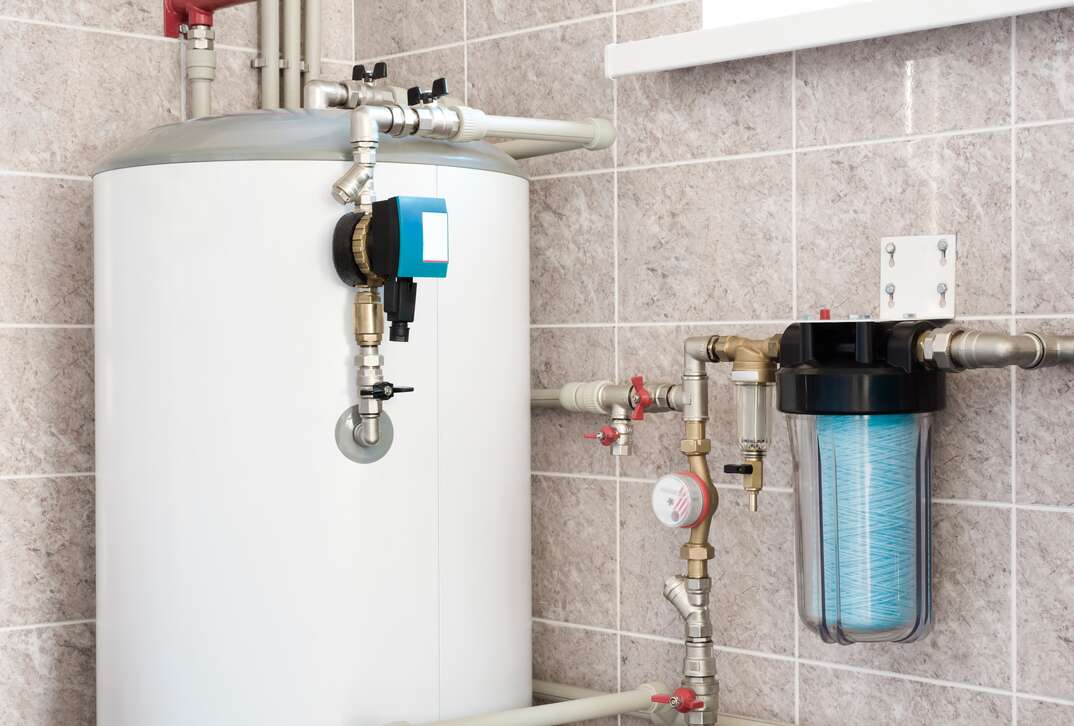
Are you preparing your heating system for the upcoming winter? Changing your boiler filter twice a year keeps your heating system in top condition. It may also reduce your carbon footprint and monthly heating bills.
This May Also Interest You: Everything You Need to Know About Boilers
If you’re not confident in your ability, you should allow a professional to inspect and maintain your boiler because failing to perform maintenance properly can expose your home to an increased risk of fire.
Boilers Have Filters?
Oil boilers have filtration systems to keep the fuel they use free of debris. It protects parts of your heating system from working inefficiently or breaking down completely when debris clogs the fuel lines. Maintaining your filter regularly can:
- Make your oil-burning furnace perform better and reduce your greenhouse gas emissions significantly
- Reduce the risk of a system failure during colder months when you rely on your heating system
- Add years to the life of your oil-burning furnace
- Lower your utility bills, so you see instant savings every month
How Often Do You Need to Replace an Oil Boiler Filter?
Manufacturers recommend performing a boiler oil filter change twice a year. It’s a good idea to have your heating system inspected and to replace the filter during the fall, before the first frost of the year. You should also change your filter if you notice your heating system is having difficulty starting, your heating performance has changed or a pungent odor starts coming from your oil burner.
How Do You Replace Oil Burner Filters?
If you plan to replace your oil boiler filter yourself, you should take safety precautions ahead of time. Make sure the power to your heating system is off and that you work with gloves and goggles to avoid chemical burns. Once you’ve cut the power to your oil boiler, follow these steps:
Step 1: Use Something to Collect the Oil
You should have a bucket, drip pan or another container ready to collect oil from your system. Make sure the container you use is large enough to keep oil off your floor because dirty oil can contaminate your home and pose a threat to small pets and children.
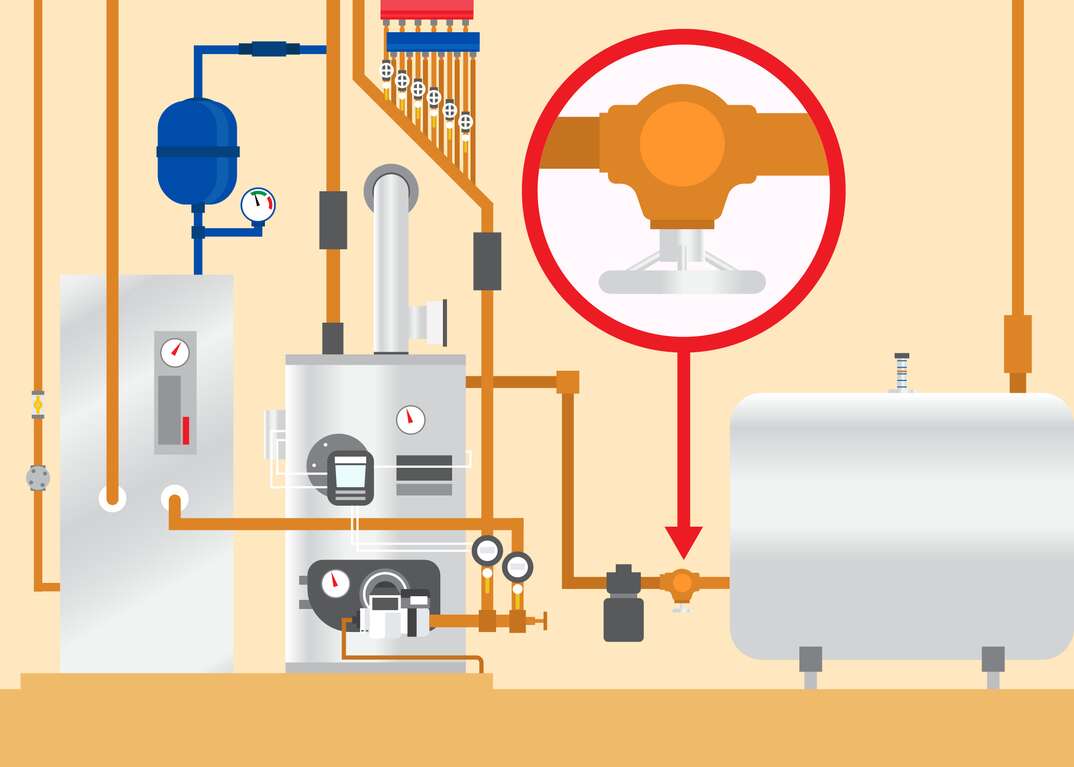
Step 2: Find the Shutoff Valve
The shutoff valve should limit the amount of oil that leaks from the system when you change the filter. When you turn the valve, your filter cartridge will be cut off from the rest of the fuel in the heating system, so you can check or replace it.

Step 3: Remove the Filter Cartridge
First, take out the canister base. Keep it upright to avoid spilling oil. It helps to have a plastic bag ready, so you can throw away your old filter and any gaskets you no longer need. The next steps can vary, depending on whether you have a permanent filter or a disposable one.
- You need to clean the filter and replace it if it’s a permanent model. You should hold on to all the existing gaskets for reassembly.
- Disposable filters can be thrown away, and their replacements often come with all the gaskets you need.
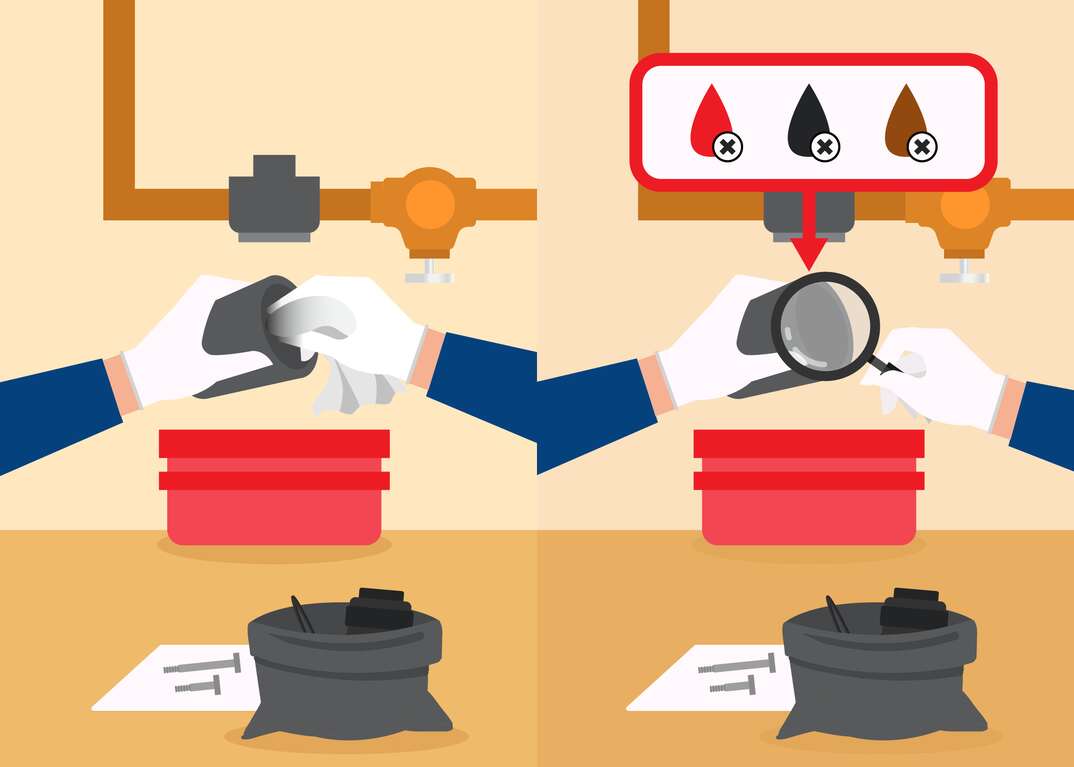
Step 4: Clean the Canister
Use a clean cloth to wipe down all the inner surfaces of the canister before you install a new filter. Pay attention to the color of the oil to see if there are any signs of burning, water leaks or other problems with your burner. If the oil is red, dark brown or black, you could have an issue that requires further troubleshooting.
More Related Articles:
- 4 Signs Your Boiler Needs to Be Repaired or Replaced
- How Much Does Boiler Repair Cost?
- What Do I Do If My Heat Goes Out?
- How Much Does It Cost to Replace a Boiler?
- How Much Does It Cost to Replace an Oil Furnace?

Step 5: Reinstall the Boiler Filter
Follow the manufacturer's directions for installing the new or cleaned filter, and ensure all the gaskets are properly fitted when installing it. Improperly installed gaskets are the most common cause of leaks after installing a new filter, so you want to make sure they all fit and create airtight seals.
Step 6: Put Everything Back Together
Put the canister back into the same place you removed it from and remount it. Make sure you don't tighten it too much, or you might strip the threads on your bolts. Check everything one last time to make sure you’ve completed all the previous steps.
Step 7: Turn the Shutoff Valve Back On
Return oil flow to the canister, so it can flow through the new filter. You need to bleed air into the system next, but you'll need to turn the power on to do this. There's an air bleeder screw that allows you to bleed your system. Keep it open until you no longer hear any air escaping, and then tighten it again.
Step 8: Test Your Heating System
Turn your heating system back on and check for leaks. It can take time for leaks to appear, so you should check back several times over the next week to see if you notice any oil on the floor or dripping along any of the boiler’s external parts. If you detect any leaks, you should talk to a professional because your system is at greater risk of a fire or explosion if those leaks aren’t repaired.
How to Dispose of Used Heating Oil
Before throwing your oil away with your regular trash, see if there are local ordinances regarding oil disposal. You may need to bring the oil to someone who’s licensed to dispose of it without polluting the environment. One thing’s for sure: Do not pour the oil down any residential drain.
